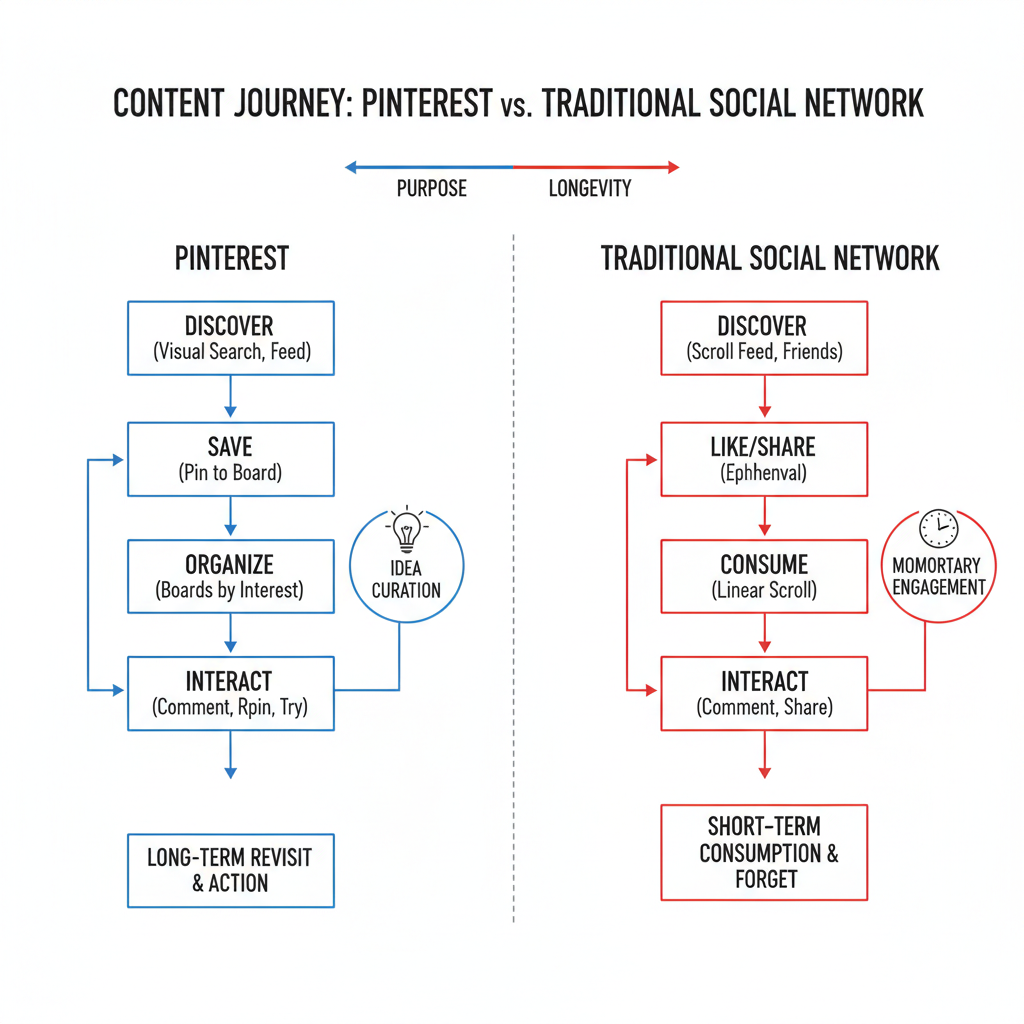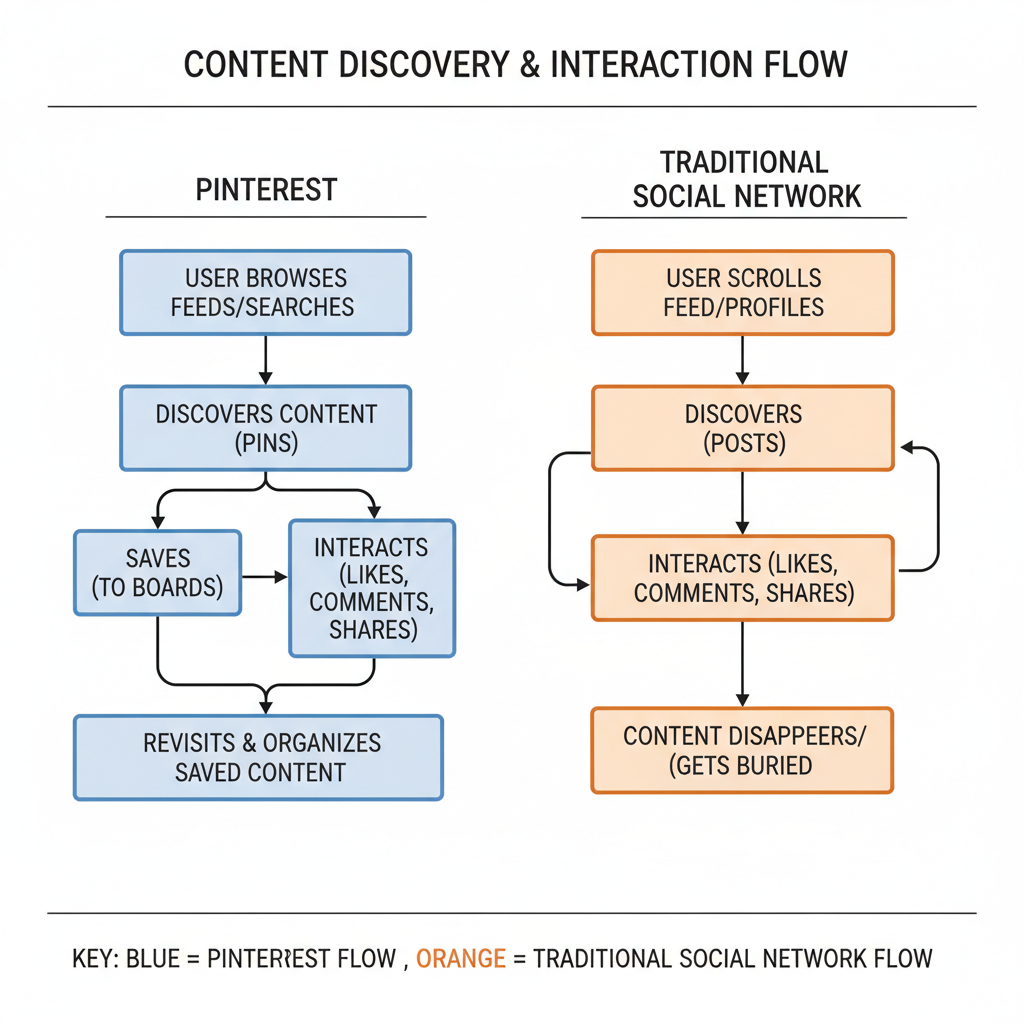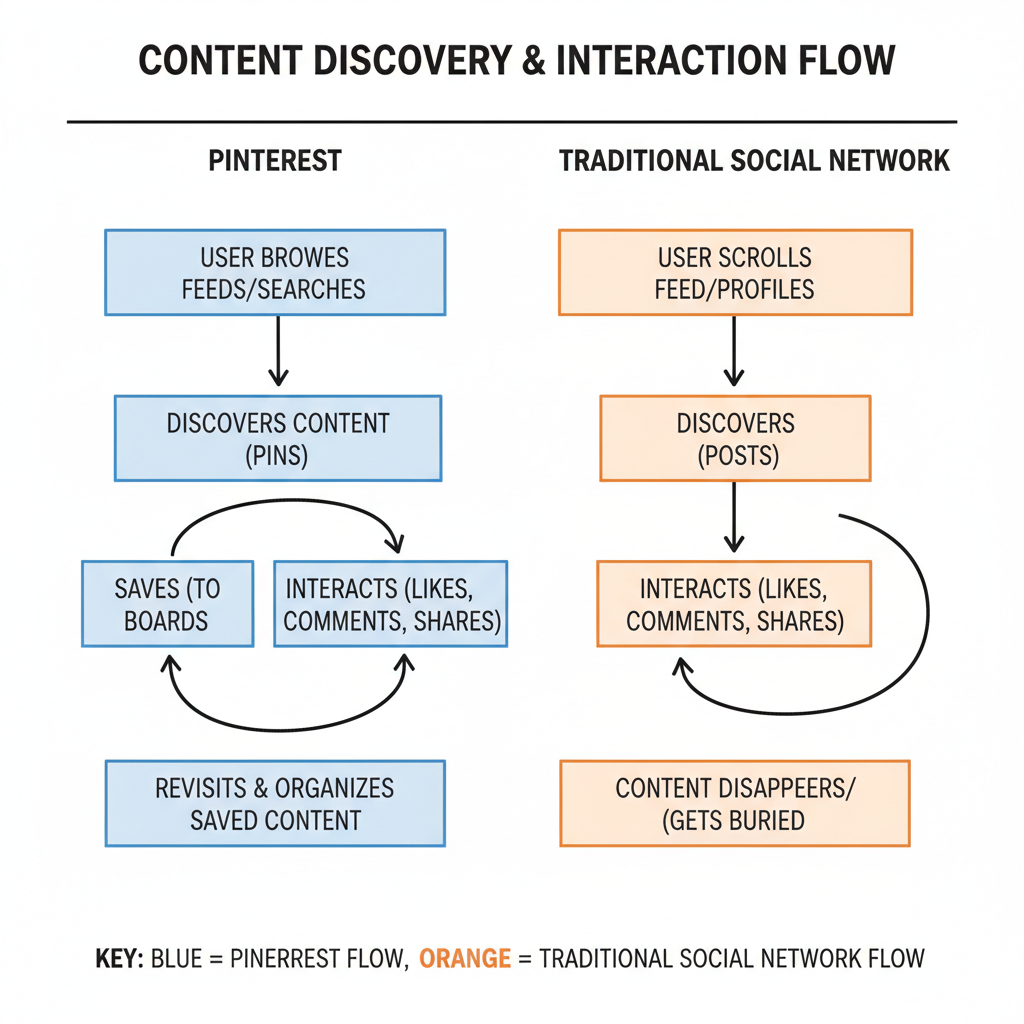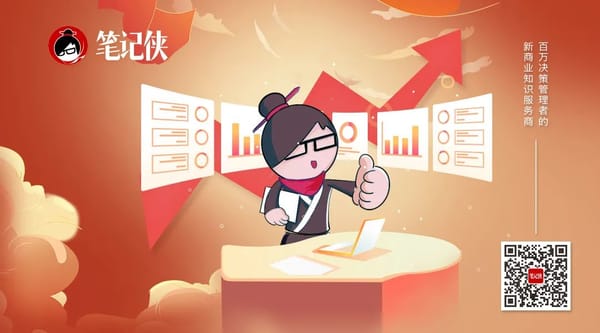Is Pinterest Considered Social Media or a Search Engine
Learn whether Pinterest is more like social media or a visual search engine, exploring its features, user behavior, and role in digital marketing.

Introduction: Is Pinterest Considered Social Media?
When exploring digital marketing channels, one common question arises: is Pinterest considered social media? Pinterest is a unique platform blending visual discovery, inspiration, and community interaction. Launched in 2010, it quickly became popular for enabling users to “pin” images, videos, and infographics into organized boards. From recipes to DIY crafts and fashion inspiration, Pinterest helps people collect and share ideas in a visually engaging way.
Although Pinterest shares some functions with other social platforms, it stands out for its role as a visual search engine and an inspiration hub—placing it at the intersection of social networking and search-based content discovery.

---
Defining Social Media and Its Key Characteristics
Before classifying Pinterest, we must define social media. Social media platforms generally share these traits:
- User-generated content – photos, videos, posts, and more.
- Social interactions – likes, comments, shares.
- Networking features – following, friend requests, direct messaging.
- Real-time engagement – newsfeeds, stories, live streams.
- Community building – shared interests and groups.
Platforms like Facebook, Instagram, and Twitter excel in connecting people and enabling instant interpersonal exchange.
---
Pinterest's Core Features That Resemble Social Media
Pinterest offers several features similar to classic social networks:
- Pins: Visual bookmarks linking to external sources or hosted media.
- Boards: Curated collections of pins organized by theme or project.
- Search: Advanced keyword and visual discovery capabilities.
- Home Feed: Personalized content feed based on interests and engagement.
- Idea Pins: Story-like multi-page video or image posts.
These elements encourage sharing and interaction, but personal updates take a back seat to idea curation and thematic exploration.
---
Comparing Pinterest with Traditional Social Networks
When comparing Pinterest to Facebook, Instagram, and Twitter, notable differences emerge:
| Feature | Twitter (X) | |||
|---|---|---|---|---|
| Primary Purpose | Social connection & updates | Visual sharing & engagement | Short updates & news | Idea discovery & inspiration |
| Main Content | Mixed media & text | Images & short videos | Text & images | Images, infographics, how-to guides |
| Feed Type | Friends' posts + suggested | Followed accounts + suggested | Timeline from follows | Algorithm-based interest feed |
| Search Function | Secondary | Secondary | Secondary | Primary |
Pinterest prioritizes search and discovery over personal networking, acting more like a visual catalog than a conversational hub.
---
Pinterest as a Visual Search Engine
While Pinterest includes social capabilities, its defining role is as a visual search engine. Instead of visiting to check friends’ updates, users log in to search for:
- Project ideas, recipes, and fashion inspiration.
- Tutorials, infographics, and educational guides.
- Seasonal and trend-based ideas.

Pinterest’s search system includes:
- Keyword Search – returns visually rich, relevant results.
- Visual Search Tool – find similar content by selecting part of an image.
- Topic Suggestions – expand discovery through related categories.
This query-first model is closer to Google Image Search than to most newsfeed-driven social sites.
---
How Users Interact on Pinterest
User engagement is possible but less central than on Instagram or Facebook:
- Following profiles or specific boards.
- Saving pins to personal boards (primary interaction method).
- Comments on pins (used sparingly).
- Direct Messaging (secondary feature).
- Repinning content to share with followers.
The focus remains on content discovery rather than initiating conversations.
---
The Pinterest Algorithm and Content Longevity
Pinterest’s algorithm determines which pins appear in search and feeds based on:
- Relevance to the user’s query and history.
- Pin quality – crisp visuals, keyword optimization, and correct categorization.
- Domain quality – credibility of the linked website.
- Pinner quality – frequency and consistency of pinning, engagement rates.
Unlike time-sensitive social posts, Pinterest rewards evergreen content, allowing pins to generate traffic for months or years.
---
Marketing and SEO Potential on Pinterest
For brands, creators, and bloggers, Pinterest is a prime content marketing tool—especially in niches like home, food, travel, style, and wellness.
Common Pinterest Marketing Tactics:
- Creating content-rich pins linking to blogs, e-commerce pages, or landing pages.
- Using Rich Pins to display extra metadata directly on the pin.
- Posting Idea Pins for immersive storytelling.
- Running seasonal campaigns targeting trending keywords.
Because users come to Pinterest ready to explore and act, it forms an effective top-of-funnel channel for building awareness and driving qualified traffic.
---
Pinterest’s Hybrid Nature: Social Media Meets Search
Pinterest can be understood in three overlapping frames:
- Social Media: Follows, repins, and comments allow community building.
- Search Engine: Query-based discovery shows content regardless of source.
- Hybrid: Merges SEO-friendly content distribution with social engagement.
This hybrid nature allows marketers to run traditional social campaigns alongside long-term, keyword-targeted strategies.
---
SEO Benefits of Pinterest Content
Pinterest offers a unique blend of SEO advantages:
- Built-in backlinks with every pin, sending direct referral traffic.
- Evergreen reach, with visibility long after posting.
- Ability to target SEO keywords in pin titles, descriptions, and boards.
- Many pins and boards rank on Google Search, further boosting reach.

A single well-optimized pin for “10 Kitchen Design Ideas,” accompanied by an engaging image, can deliver consistent monthly visitors over time.
---
Conclusion and Best Practices
So, is Pinterest considered social media? Yes—but it’s also a powerful visual search engine, making it a hybrid platform with dual marketing potential.
Best Practices:
- Optimize pins with high-quality images and targeted keywords.
- Build a follower base for social amplification.
- Track performance using Pinterest Analytics.
- Combine organic strategies with Pinterest Ads for targeted reach.
By recognizing Pinterest’s blended role, marketers and creators can design campaigns that capture both search intent and social engagement, unlocking long-term traffic, brand growth, and sales.
---
Summary: Pinterest is both a social media platform and a visual search engine, making it an essential tool for content discovery and long-term traffic generation. If you want to maximize your brand exposure, start creating keyword-rich, beautiful pins today and engage your audience the Pinterest way.



